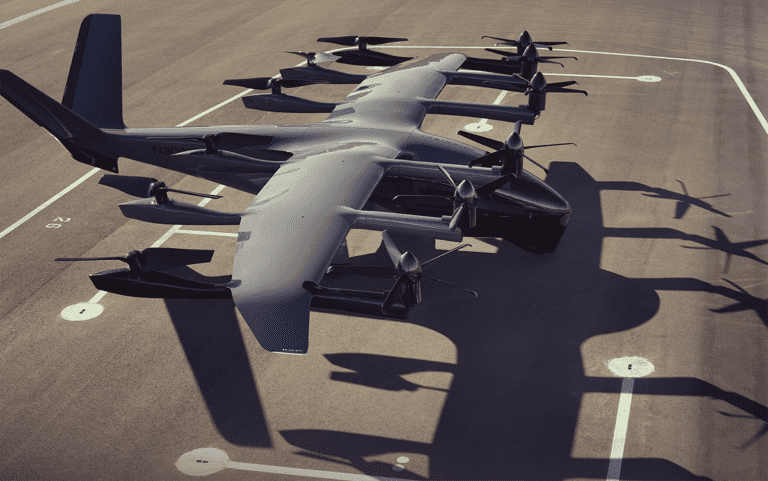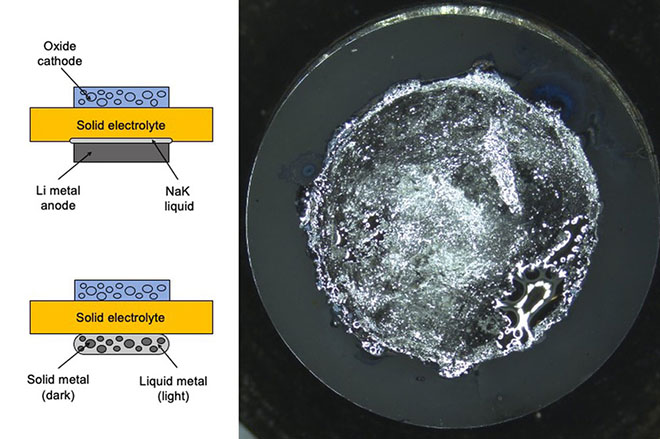Electric vertical-takeoff-and-landing (eVTOL) aircraft manufacturer Archer Aviation has partnered with United Airlines to establish a point-to-point route between O’Hare International Airport (ORD), United’s largest operations hub, and Vertiport Chicago. Service is slated to begin in 2025. Archer’s future plans call for airport-to-city-center trunk routes to be followed by branch routes connecting to surrounding communities. Vertiport… Read more »
Search Results Found For: "Archer Aviation"
Stellantis to build electric aircraft with Archer, provide strategic funding for growth
Stellantis and Archer Aviation have agreed to expand their existing partnership by joining forces to manufacture Archer’s electric vertical take-off and landing (eVTOL) aircraft, Midnight. Stellantis has been a strategic partner to Archer since 2020, and an investor since 2021. Now Stellantis will contribute its manufacturing technology and expertise, plus personnel and capital, to help… Read more »
Archer unveils its production electric VTOL aircraft
Archer Aviation, a manufacturer of electric vertical take-off and landing (eVTOL) aircraft, has unveiled its production aircraft, Midnight. Midnight features a twelve-tilt-six configuration: it has six propellers tilted forward in cruise position to provide propulsion during forward flight, and all 12 of the aircraft’s propellers generate vertical lift during take-off and landing. According to Archer,… Read more »
Archer and United Airlines announce first US commercial electric air taxi route
Archer Aviation and United Airlines have announced their first airport-to-city-center route using Archer’s electric vertical take-off and landing aircraft (eVTOL). The Downtown Manhattan Heliport is the first planned takeoff and landing site for the route between New York City and United’s hub at Newark Liberty International Airport (EWR). Archer says it plans to launch an… Read more »
NREL researchers, industry partners test Megawatt Charging System with up to 3.75 MW of power
Medium- and heavy-duty trucks, to say nothing of aviation and shipping, will require much more powerful charging facilities than those that now serve passenger cars. To get these heavy vehicles charged up in 15 to 20 minutes will require power levels of a megawatt or more, and transferring this much energy requires unique design in… Read more »
MIT researchers use semisolid electrode to prevent short circuits in lithium metal batteries
Researchers may have found ways to prevent dendrite formation in solid-state batteries. Their findings are described in the journal Nature Energy, in a paper by MIT graduate student Richard Park, MIT Professor Yet-Ming Chiang and researchers at MIT and other institutions. Chiang explained, “The only way you can reach the energy densities that are interesting… Read more »
Chalmers researchers one step closer to using carbon fiber as a structural battery
Sweden’s Chalmers University of Technology has been experimenting with carbon fiber as a structural electrode. The team has studied the relationship between carbon fiber’s microstructure and electrochemical capacity, and is working to develop a combination that is both mechanically sound and energy dense. In short, they would like to use an EV’s body as its battery. The… Read more »
Vertical Aerospace adopts CCS fast charging standard to accelerate eVTOL deployment
Vertical Aerospace, a global aerospace and technology company pioneering electric aviation, will adopt the Combined Charging Standard (CCS) for its VX4, joining BETA Technologies and Archer Aviation in driving a universal, fast-charging system for electric vertical take-off and landing (eVTOL) aircraft. The move marks a step towards a common, industry-wide charging infrastructure, ensuring seamless integration… Read more »
Air taxis cleared for takeoff with final FAA rules
The US Federal Aviation Administration has promulgated a final rule covering the operation of electric air taxis and how pilots will be trained to operate them. In a document entitled “Integration of Powered-Lift: Pilot Certification and Operations; Miscellaneous Amendments Related to Rotorcraft and Airplanes—Final Rule,” the agency recognized, as FAA Administrator Mike Whitaker noted, the… Read more »
Are eVTOL companies starting a charging standards war?
Joby Aviation, a company developing electric vertical take-off and landing (eVTOL) aircraft for commercial passenger service, has announced a collaboration with Atlantic Aviation, a provider of aircraft ground handling and corporate flight support, to electrify aviation infrastructure in New York and Southern California, paving the way for the launch of Joby’s air taxi service. The… Read more »

















